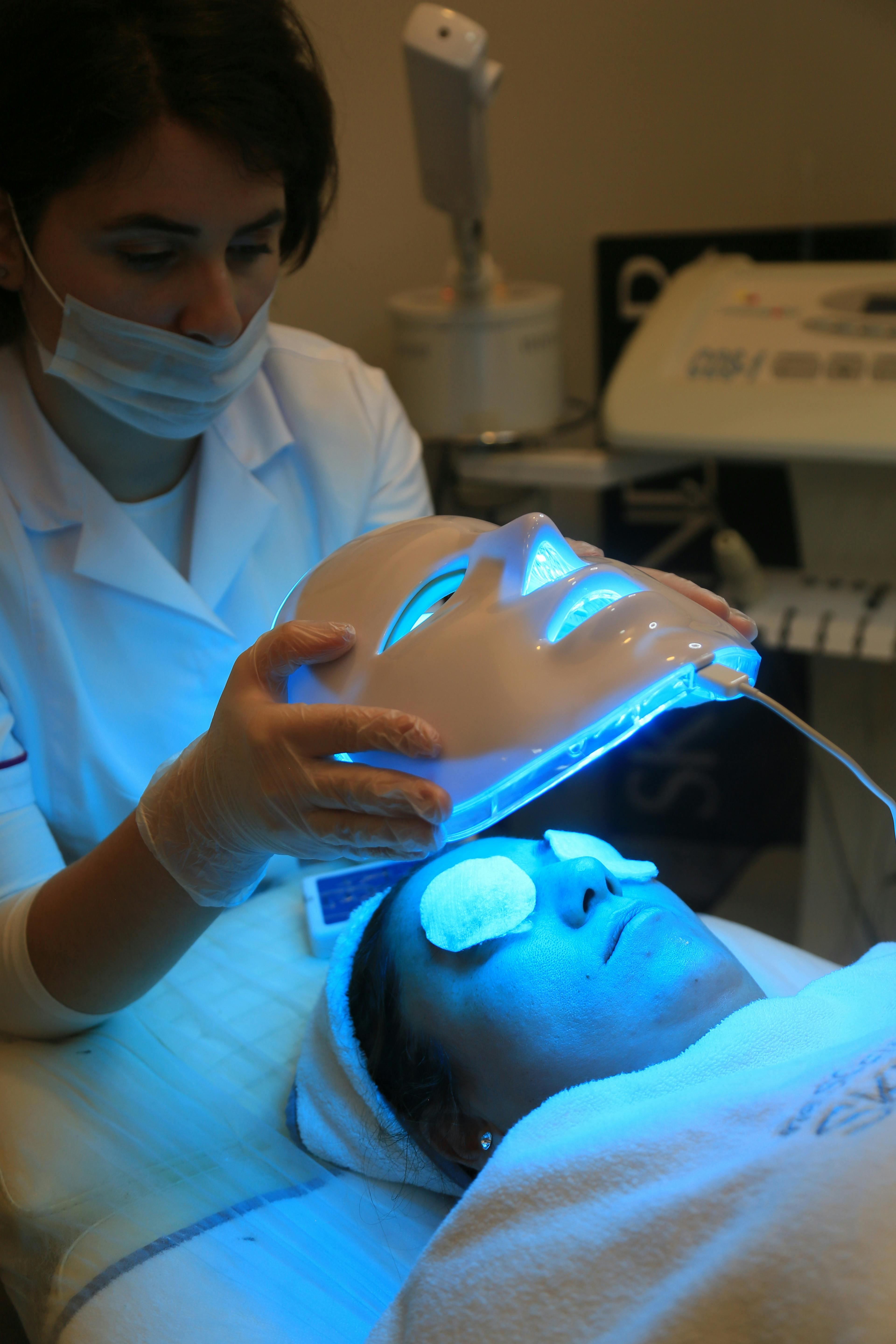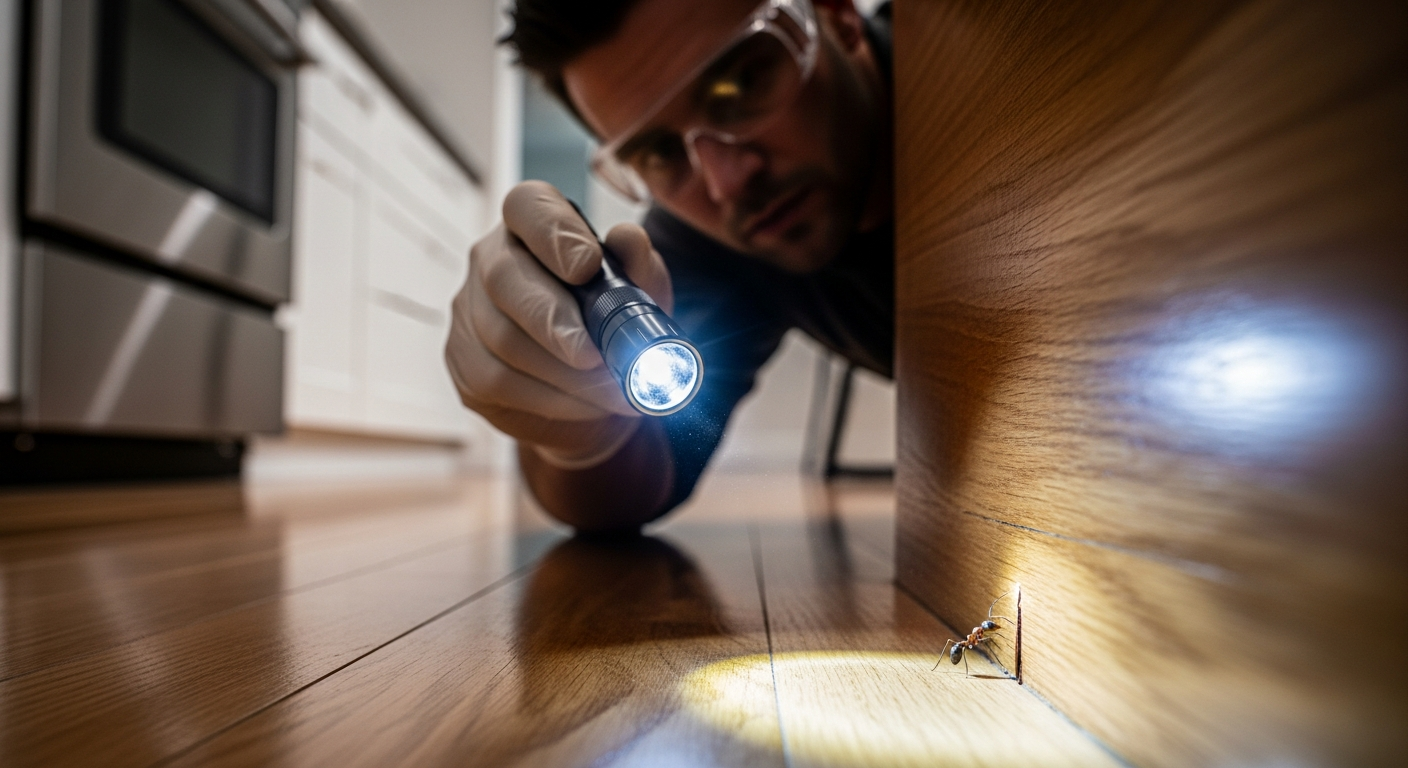Reimagining Wellness: The Intriguing Potential of Blue Light Therapy
Introduction Have you ever pondered the potential of light as a powerful health tool? This may sound like a concept from a futuristic novel, but it's a reality in the arena of health and wellness today. Welcome to the world of blue light therapy, a unique treatment strategy harnessing the power of specific light wavelengths to promote health and wellbeing.

A Glimpse into the Past: The Genesis of Light Therapy
The use of light as a therapeutic tool traces back to ancient civilizations. The Egyptians, Greeks, and Romans recognized the healing properties of sunlight, using it to treat a variety of ailments. However, it wasn’t until the late 20th century that scientists began to unravel the specific mechanisms behind light’s therapeutic effects. This led to the development of phototherapy, a medical treatment that utilizes specific wavelengths of light to address specific health conditions. One of the most intriguing offshoots of phototherapy is blue light therapy.
Blue Light Therapy: Unveiling the Science
Blue light therapy employs the blue wavelengths of light spectrum, typically between 400 and 470 nanometers. The therapy is non-invasive and works by exposing the body or specific areas to this light, either through a device that emits blue light or a special booth where the whole body is exposed.
Scientific studies have shown that blue light possesses antimicrobial properties, making it effective in treating skin conditions like acne. It’s also been shown to affect mood by influencing the body’s production of melatonin, a hormone that regulates sleep patterns, thereby helping to treat conditions like seasonal affective disorder (SAD) and depression.
The Potential and Challenges of Blue Light Therapy
While the potential of blue light therapy is impressive, it’s important to remember that it’s not a one-size-fits-all solution. It’s most effective when used under the guidance of a healthcare professional and in combination with other treatments. Moreover, while the therapy is generally safe, overexposure can lead to potential side effects such as eye strain and disrupted sleep patterns.
The Future of Blue Light Therapy
Although still in its early stages, blue light therapy holds considerable promise. Ongoing research is exploring its potential in managing pain, promoting wound healing, and even treating certain types of cancer. As our understanding of the therapy deepens, it’s likely that we’ll see its applications expand, making it an increasingly important tool in our wellness toolkit.
Fascinating Facts about Light Therapy
- Light therapy was first used in the late 19th century to treat lupus vulgaris, a skin condition caused by tuberculosis.
- The 1903 Nobel Prize in Physiology or Medicine was awarded to Niels Ryberg Finsen for his pioneering work in light therapy.
- Light therapy can be used to treat jaundice in newborn babies.
- NASA has been studying the effects of light therapy on astronauts to counteract the potential health effects of long-term space travel.
In conclusion, blue light therapy presents an intriguing avenue in health and wellness. By leveraging the power of specific light wavelengths, it offers a non-invasive and versatile approach to managing a host of health conditions. As we progress further into the 21st century, the fusion of ancient wisdom and modern science continues to open up exciting pathways in our quest for improved health and wellbeing.




